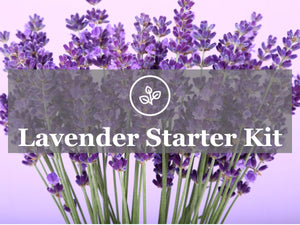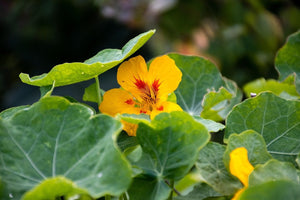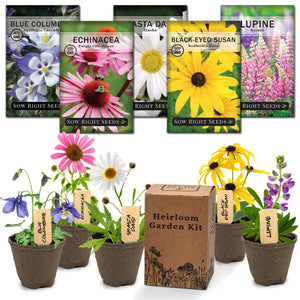Topics
How to Use Compost Throughout the Garden Season for Optimal Growth
CompostCompost is an excellent addition to any garden as it provides a range of nutrients and helps improve soil structure. It reduces soil erosion, increases microbial activity, and improves the health and productivity of your garden. Let’s look at how to use compost in the garden.

Is My Compost Ready?
The first step is to evaluate your compost. Once the materials in your compost pile have broken down into compost, you’ll be ready to use it to enrich your garden. Depending on the conditions, it can take anywhere from a few weeks to several months for your compost to be ready.
Finished compost is dark brown, almost back, crumbly, and soil-like without chunks of material that haven’t fully decomposed. It should no longer be generating heat, and it should have a sweet, earthy smell. Compost that has large chunks, is too wet, is hot, or smells bad is not ready.
When to Apply Compost
There’s really no bad time to apply compost to your garden, as long as you make sure not to apply too much at once. Too much compost can cause nutrient imbalances, water retention issues, soil compaction, and make the soil too acidic, so make sure not to overdo it.
The most common times to apply compost are early spring, a few weeks before preparation for planting, and in fall, after you’ve harvested your crops. Both of these times work well because they give the compost time to break down and integrate with the soil.
However, if your soil needs additional nutrients, you can also apply compost throughout the growing season. This can especially be true if you live in a mild climate and your garden is actively growing plants year-round. Also, certain plants that require extra nutrients can benefit from a monthly application of compost.
How Much Compost Do I Need?
How much compost you need depends on the condition of your soil, the size of your garden, what sort of plants you’re growing, and their nutrient requirements. A layer of compost between 2-3 inches thick worked into about 6-8 inches of soil is a good ratio. In raised beds or containers, use no more than 25-30% compost in your soil blends to prevent damage to your plants.
You don’t have to apply compost to the whole garden at once, so don’t get overwhelmed! If you only have a limited amount of compost, time, or energy, that’s fine. Simply concentrate on areas with poorer soil or that you’re planning to use sooner and keep track of what soil you have enriched and what still needs some extra TLC.
Applying Compost to Your Garden
Remove weeds and loosen the soil. This can be done with a tiller or a garden fork so that you can easily mix the compost in. Spread the compost evenly over the garden bed, using a fork or shovel to work it in. Water your garden to help the compost mix into the soil.
How Can No-Till Gardeners Use Compost?
If you prefer a no-till method, simply top-dress the compost onto your soil by spreading it directly on top of the soil. If you top-dress the compost, use a layer that’s 1/4 to 1/2 inches thick. You can cover this with a layer of mulch to help retain moisture and keep the compost from washing away.
This method is especially useful for applying compost once your garden is already established. For example, if you want to add compost to your well-established tomatoes, squash, or corn, top-dressing the soil with a thin layer of compost is an easy way to feed those plants without disturbing their roots.

Adding Compost to Lawns
Top-dressing compost is also a great way to feed your lawn naturally while building your soil. Compost is environmentally friendly and helps improve soil drainage and protect against erosion. It’s a great alternative to chemical fertilizers that are harmful to the environment and can actively harm soil health.
What Is Compost Tea?
Compost tea is exactly what it sounds like! It’s a fertilizer made by steeping compost in water for several days. This compost tea can be strained off and used to fertilize plants without disturbing the soil or your plants’ root systems. It’s also great for use with potted plants that don’t have much room to add a layer of compost.
Now you know how to use that compost you’re so proud of! Your homemade compost can make all the difference in how well your garden grows. Adding compost is one of the easiest ways to improve your soil’s quality and make your garden more productive.
Written by Teresa Chandler








Leave a comment